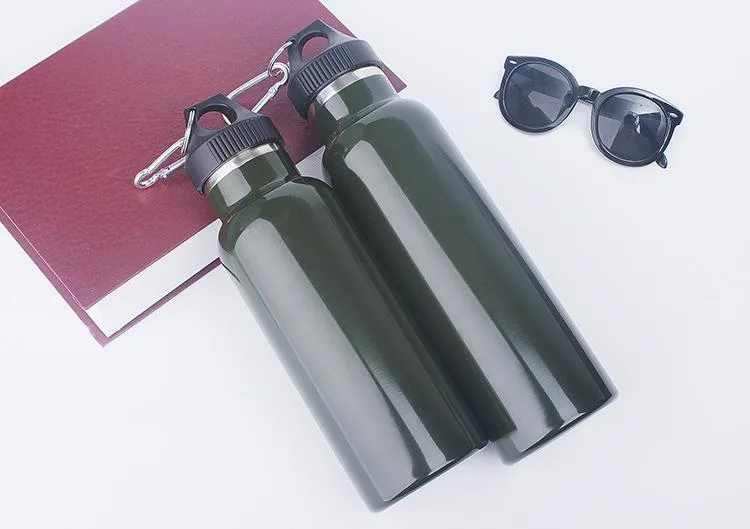Insulation principle of vacuum flask
The modern thermos flask was invented by British physicist Sir James Duval in 1892. At that time, he was conducting a research work on liquefying gas. To liquefy gas at low temperature, he first needed to design a container which could insulate the gas from the outside temperature. So he asked Berg, a glass technician, to blow a double-layer glass container for him. The inner walls of the two layers were coated with mercury, and then the air between the two layers was pumped out to form a vacuum. The vacuum bottle can keep the temperature of the liquid in it constant for a certain period of time, whether cold or hot.
Because the thermos bottle is mainly used for hot water insulation in the family, it is also called hot water bottle. The structure of the thermos bottle is not complicated. In the middle is a double-layer glass jar. The vacuum between the two layers is sucked into a vacuum state and plated with silver or aluminium. The vacuum state can avoid thermal convection. The glass itself is a bad conductor of heat. The silver-plated glass can reflect back the heat radiated from the inside of the container. Conversely, if cold liquids are stored in the bottle, the bottle can prevent heat from radiating from the outside into the bottle.
The cork of a thermos bottle is usually made of cork or plastic, and neither material is easy to conduct heat. The shell of the thermos bottle is made of bamboo knitted, plastic, iron, aluminum, stainless steel and other materials. There is a rubber washer at the bottle mouth and a bowl-shaped rubber cushion at the bottom of the bottle. These are all for fixing the glass gallbladder to prevent collision with the outer shell.
The worst heat preservation and cooling function of the thermos bottle is around the bottleneck. Therefore, when manufacturing, the bottleneck is always shortened as far as possible. The larger the capacity and the smaller the mouth of the thermos bottle, the better the heat preservation effect.


